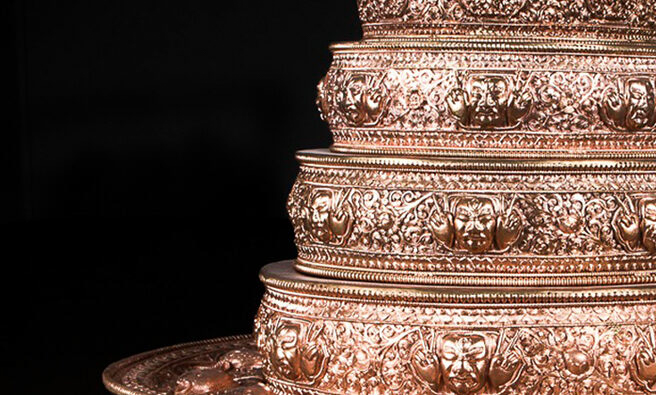


In the final week of The Rubin Daily Offering, artists with ties to the Himalayan region share creative practices that inspire their work, inviting us to think creatively and collaboratively.
In the first episode of the week, Rubin Museum Executive Director Jorrit Britschgi introduces Tsherin Sherpa’s Wish-fulfilling Tree, currently on view in the Rubin Museum’s exhibition Shrine Room Projects. Artist Tsherin Sherpa then invites viewers to share an image of a treasured object as a collective act to create connection during this time of separation.
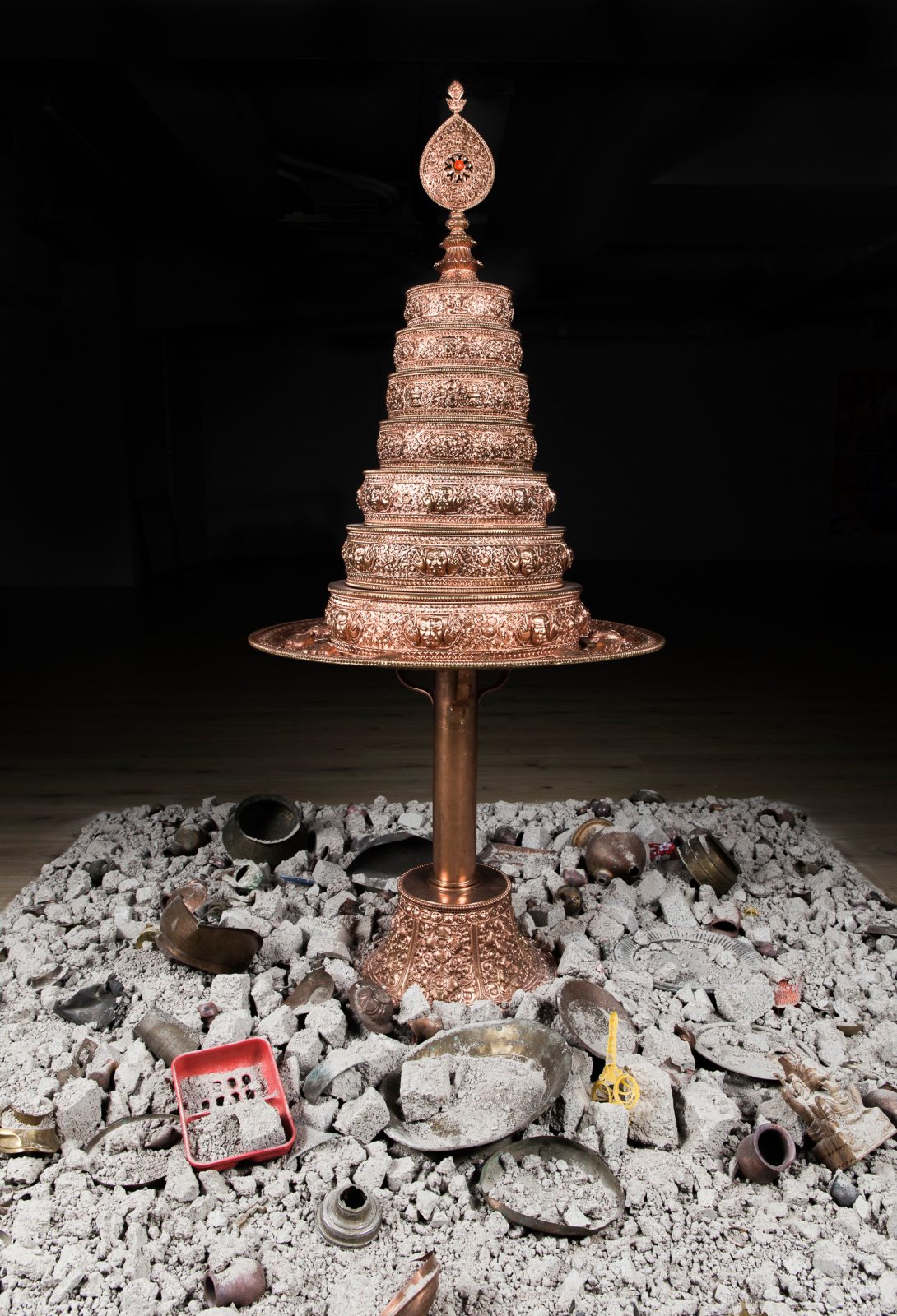
Tsherin Sherpa; Wish-fulfilling Tree; Nepal; 2016; bronze cast mandala, found objects, and rubble; Rubin Museum of Himalayan Art; C2019.1.1a-j
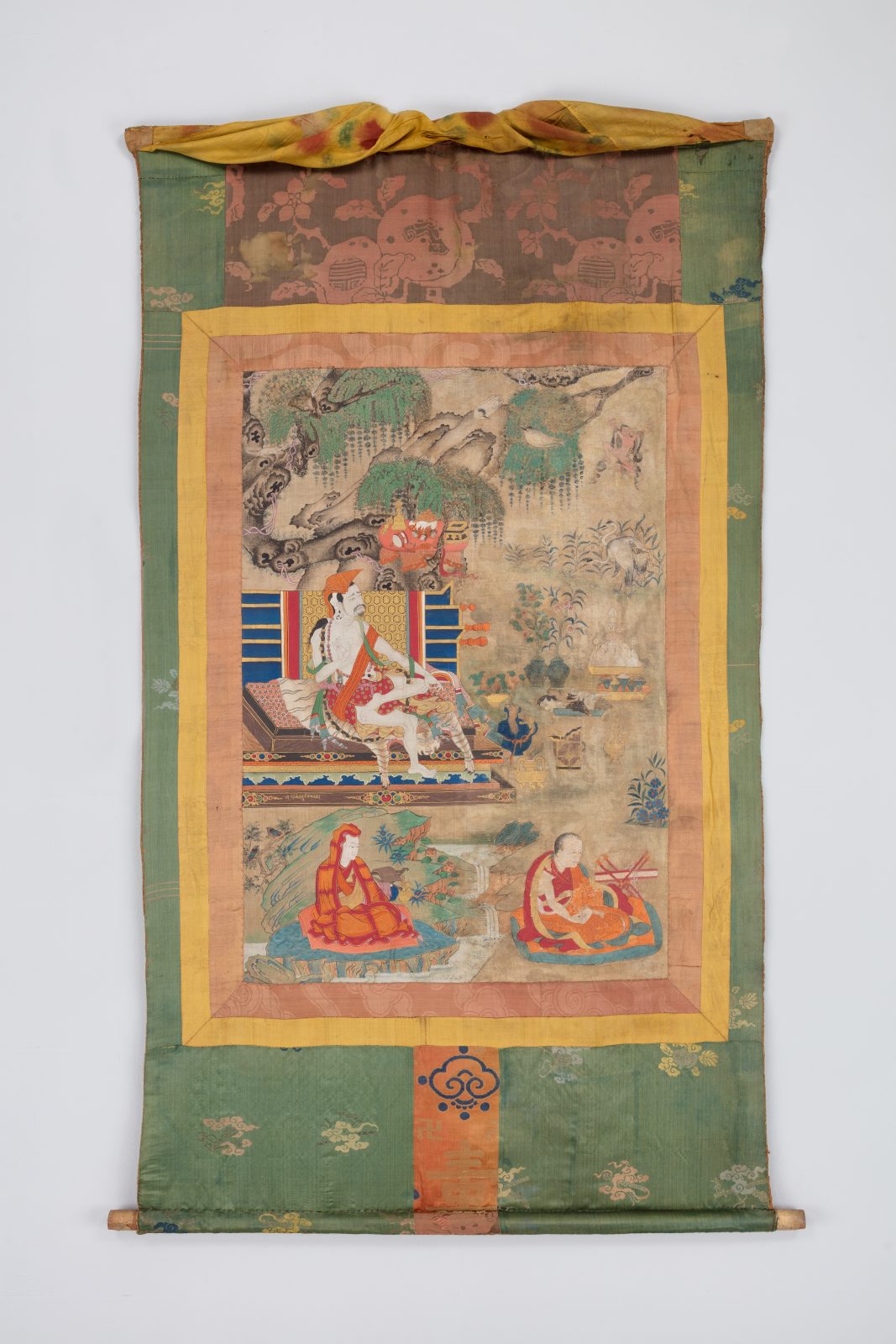
Mahasiddha Naropa; Kham Province, Eastern Tibet; 19th century; Pigments on cloth; Rubin Museum of Himalayan Art, Purchased from the Collection of Navin Kumar, New York; C2005.20.4
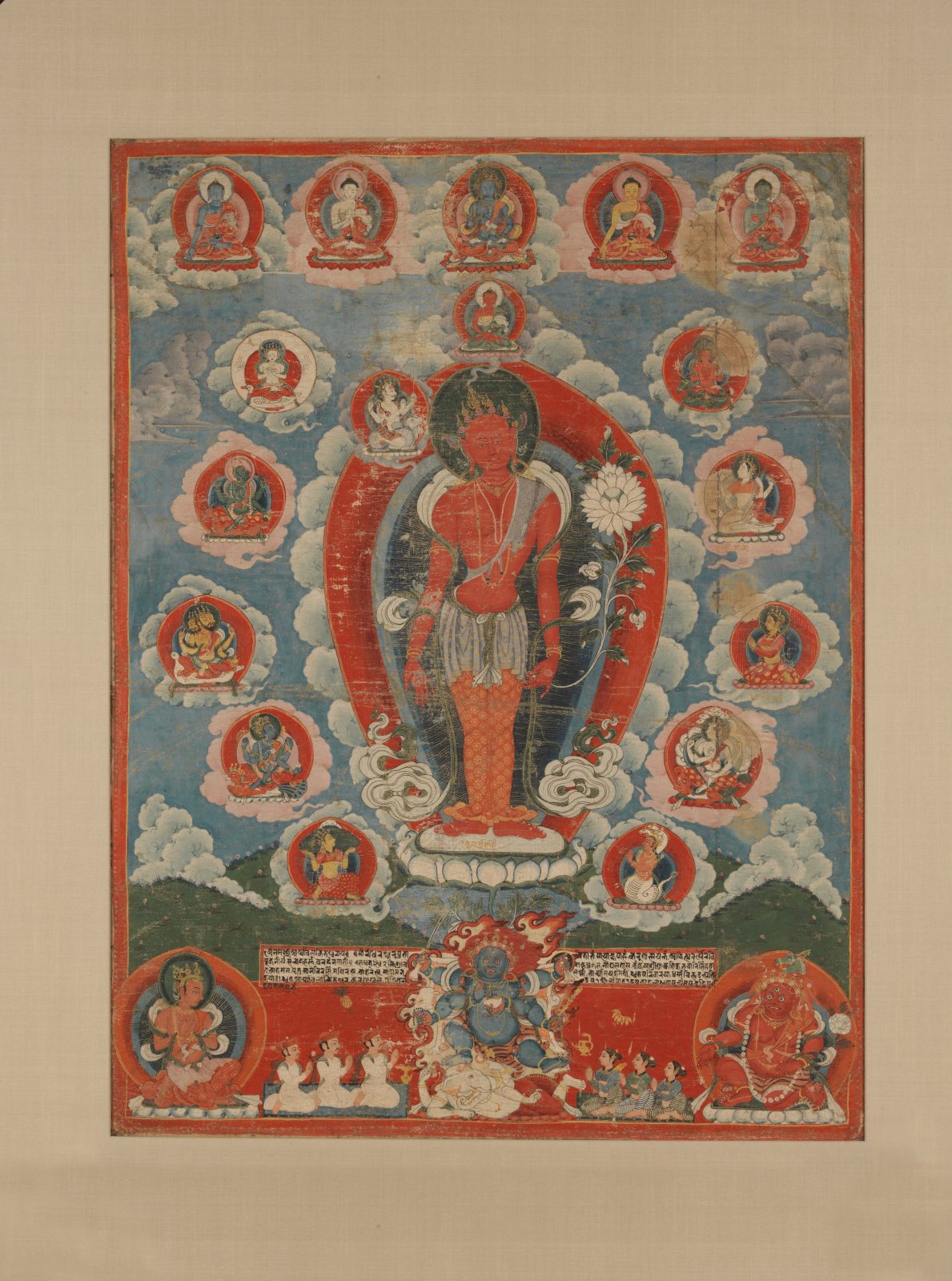
Red Avalokiteshvara, also known as Bunga Dya, and Macchendranath; Nepal; Dated by inscription 1842; Pigments on cloth; Rubin Museum of Himalayan Art, Gift of Shelley and Donald Rubin; C2006.66.45
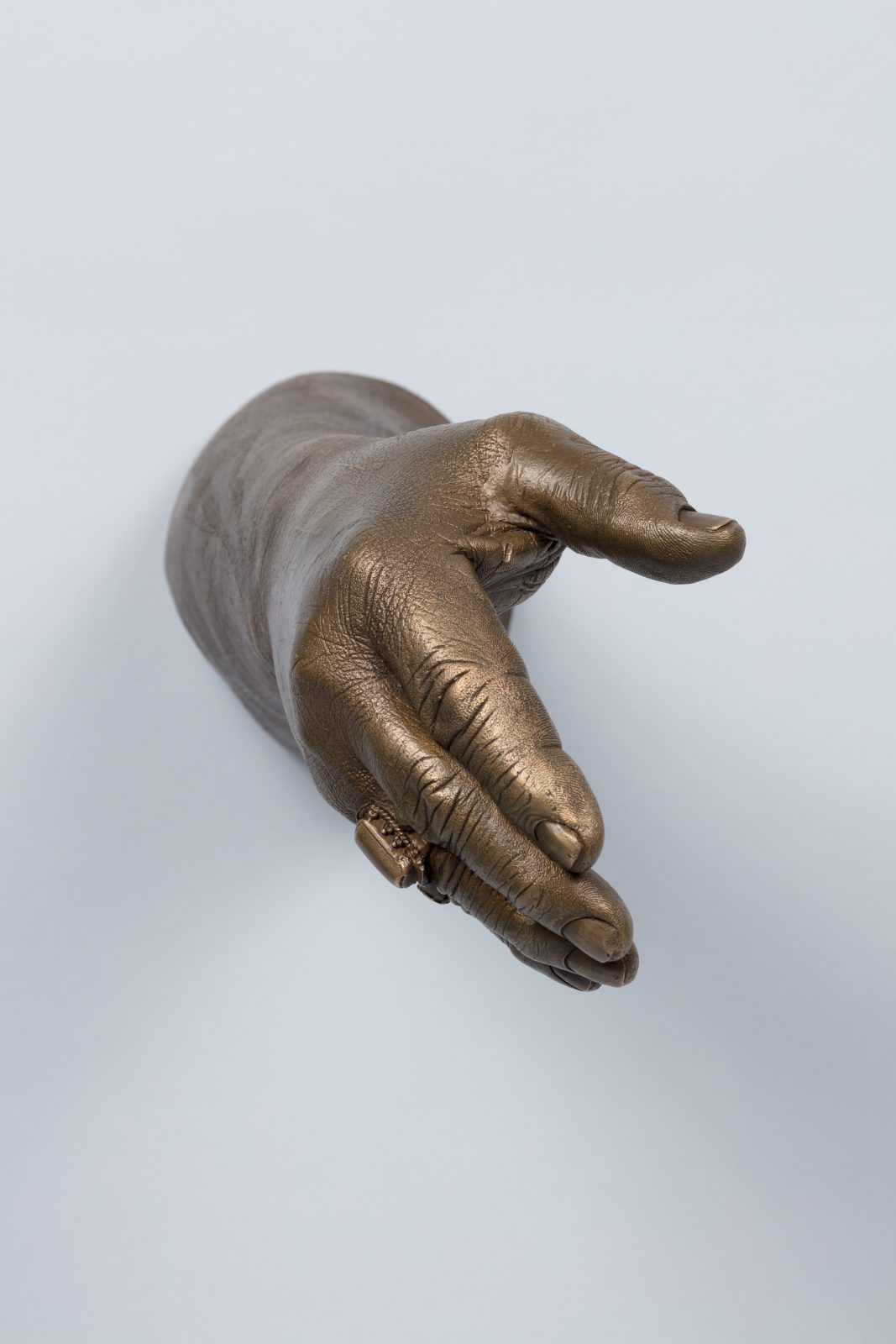
Genesis Breyer P-Orridge; Touching of Hands; New York City; 2016; Bronze; Breyer P-Orridge and INVISIBLE-EXPORTS; C2016.2.1
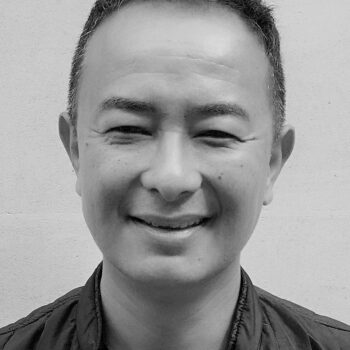
Tsherin Sherpa was born in Kathmandu, Nepal, in 1968, and currently lives and works between California and Nepal. From the age of 13, he was trained in traditional Tibetan thangka painting by his father, Master Urgen Dorje. In 1998, Sherpa immigrated to California, where he taught traditional thangka painting until he began to explore his own style, drawing on the visual vocabulary of thangka painting to create artworks that incorporate Buddhist iconography and pop-culture references. His works offer an interplay and juxtaposition between sacred/secular, traditional/contemporary, and settlement/movement. Sherpa’s practice stems from his personal experiences within the Himalayan diaspora, as well as the nomadic history of Himalayan peoples. Sherpa has participated in numerous exhibitions in Asia, Europe, and the US, including representing Nepal for its inaugural participation at the Venice Biennale in 2022. His works are in major museum collections. In February 2022, the Virginia Museum of Fine Arts presented his first museum, mid-career retrospective.

Jorrit Britschgi has served as the Rubin Museum’s Executive Director since 2017. Before joining the Rubin, he served as Head of Exhibitions and Publications at the Museum Rietberg in Zurich, Switzerland, where he was manager of the exhibitions program and curated numerous exhibitions. Mr. Britschgi also served as publisher of Artibus Asiae, one of the leading scholarly journals in Asian art and archaeology, for over a decade.
Jorrit Britschgi graduated from Zurich University with an MA in art history and Sinology (2005) and a PhD, with highest honors, in East Asian Art History (2009). Besides his research activities, he’s taken part in archaeological excavations in Eastern China and Bhutan, and curated numerous exhibitions on paintings from the Indian Himalayan region. Mr. Britschgi has received grants from federal and private foundations to pursue his studies and research. He is a 2017 alumni of the Getty Leadership Institute, and shares his expertise in an advisory capacity with other museums and individuals.
Artist Tsherin Sherpa invites viewers to share an image of a treasured object as a collective act to create connection during this time of separation.
Get the latest news and stories from the Rubin, plus occasional information on how to support our work.